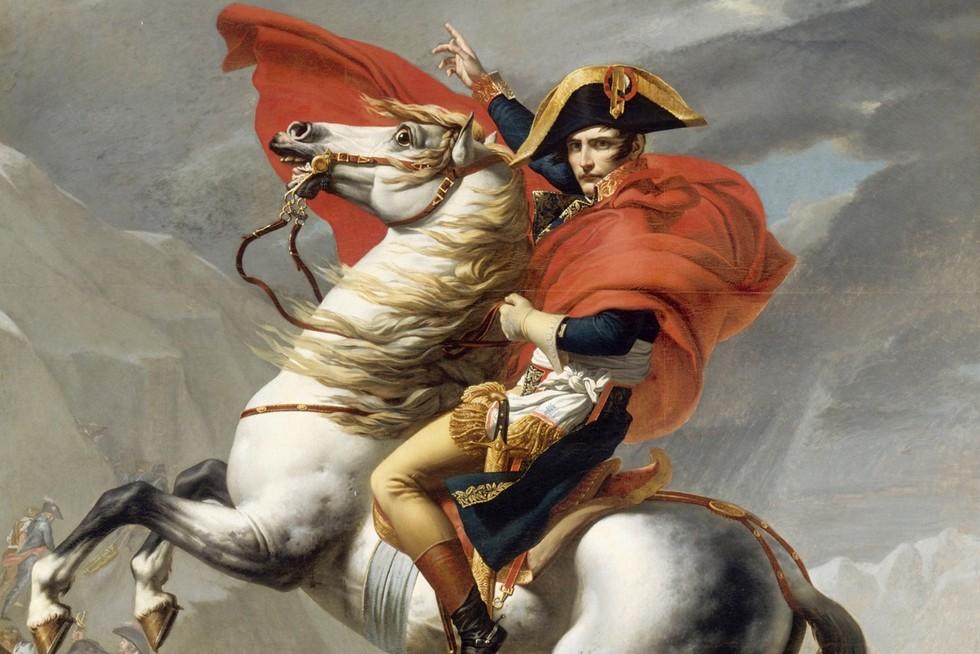
Marie Antoinette: The Symbol of a Regime in Collapse
Marie Antoinette’s legacy was significantly shaped by the French Revolution, which transformed her from a symbol of luxury into an emblem of inequality. As the queen’s extravagant lifestyle contrasted sharply with the hardships faced by common people, she became a target of public resentment. Her imprisonment and eventual execution highlighted the dramatic shift in public perception, marking her story as both tragic and reflective of the larger societal changes of the time. Today, she is remembered not only for her royal status but also for how her life illustrates the complex relationship between power and public opinion during a critical period in history.
Marie Antoinette remains an emblematic figure in the narrative of the French Revolution, symbolizing the disparity between the ruling elite and the struggling populace. Have you ever wondered how a single individual can encapsulate such a tumultuous time?
The rise of Marie Antoinette
Marie Antoinette’s rise to power began when she was just a teenager. Born in Austria, she became the Queen of France after marrying Louis XVI. This marriage was strategic, aiming to strengthen ties between Austria and France. She arrived in a brand new country, filled with expectations and hopes.
As the queen, Marie Antoinette faced challenges from the start. Her lavish lifestyle made her unpopular among the French people. Many felt she was disconnected from their struggles. In her early years, she tried to fit in, attending court events and learning about French culture.
Marie Antoinette was not just a figurehead. She took part in political discussions. She often shared her opinions with Louis XVI. Unfortunately, not everyone agreed with her views, which sometimes added to her unpopularity.
However, she also supported the arts. Marie loved music and theater. She hosted lavish parties that showcased these interests. These events were meant to connect with the public but often backfired, making her seem extravagant.
Despite her difficulties, Marie Antoinette remained a fascinating figure. Her beauty and charm captivated many, and she quickly became a central figure in French society. But the mounting dissatisfaction among the people would change everything for her.
As the Revolution approached, her influence began to wane. The rise of revolutionary sentiment meant that her lifestyle was increasingly viewed as a problem. Thus, the story of Marie Antoinette’s rise is filled with contrasts, reflecting the tension between monarchy and the growing voice of the people.
Her role in the French monarchy
Marie Antoinette played a crucial role in the French monarchy. As the queen, she was expected to support her husband, King Louis XVI. Her presence in the court was meant to strengthen alliances and promote stability.
She often attended official events and festivities. This helped her connect with the nobility and the people. Many viewed her as a symbol of hope and renewal for the monarchy. However, her extravagant lifestyle often sparked criticism.
Marie was more than just a queen; she was a mother. She had four children who were central to her life. Raising them was part of her duty as queen. She wanted to leave a legacy for her family and the monarchy.
She participated in political discussions, offering her opinions on various matters. This was not always welcomed by her husband or the advisors. Sometimes, her views led to tension within the royal circle.
Despite the criticisms, she was involved in cultural patronage. Marie Antoinette supported artists, musicians, and fashion. She believed that culture could elevate the monarchy and make it more relatable.
As the Revolution gained momentum, her role shifted dramatically. The public began to see her as a symbol of excess. This forced her to navigate a challenging political landscape, where her influence waned.
Her role in the monarchy, though complex, marked a significant period in French history. Marie Antoinette’s journey shows the challenges queens faced during turbulent times.
The tension between the elite and the masses
The tension between the elite and the masses has a long history in France. In the time of Marie Antoinette, this gap was glaring. The wealthy lived in luxury, while the common people faced hard times.
Marie Antoinette, as queen, became a symbol of this divide. Her lavish lifestyle included enormous parties and extravagant gowns. Meanwhile, many citizens struggled to put food on their tables.
This difference brewed discontent among the lower classes. People felt frustrated by the excesses of the royal family. They believed that kings and queens should understand their hardships.
During her reign, the government faced financial troubles. Heavy taxes fell on the poor while the rich avoided their share. This situation made many people angry and resentful.
As the Revolution approached, tension escalated. The cry for equality echoed through the streets. Citizens wanted a voice, and they were ready to fight for it. Marie Antoinette’s status as the queen intensified these feelings.
Many blamed her for the problems facing France. They viewed her as out of touch with reality. This growing anger contributed to her downfall.
The clash between the elite and the masses defined this era. Differences in wealth and power made the revolution seem inevitable. Understanding this tension is key to grasping Marie Antoinette’s tragic story.
The impact of the Revolution on her legacy
The French Revolution dramatically changed Marie Antoinette’s legacy. Once a beloved queen, she became a figure of disdain. The revolution challenged everything she represented, including wealth and privilege.
During the Revolution, many people blamed her for France’s problems. They saw her lavish lifestyle as a sign of everything wrong with the monarchy. This criticism spread rapidly among the populace.
As tensions grew, her fate took a darker turn. The revolutionaries imprisoned her and her family. This imprisonment marked a dramatic shift for Marie Antoinette. She went from a queen to a prisoner in a matter of months.
The revolution aimed to create equality, and Marie Antoinette symbolized inequality. Her life was now seen as the very opposite of what the revolutionaries wanted. The once glamorous life she led was now a stark contrast to the struggles faced by the common people.
After her execution in 1793, her legacy continued to evolve. History remembered her as a tragic figure caught in a violent change. No longer just a queen, she became a symbol of the dangers of monarchy. Her story serves as a powerful reminder of how revolution can reshape lives and legacies.
Today, Marie Antoinette fascinates many as a complex character. Her life highlights the interplay between power, privilege, and public perception. Understanding her legacy helps us learn from history.
Conclusion
In conclusion, Marie Antoinette’s life and legacy show the profound impact of the French Revolution. Once a figure of luxury, she became a symbol of what many viewed as inequality. Her experiences highlight the struggles between the elite and the masses, making her story both tragic and compelling.
Through her rise and fall, we learn valuable lessons about power, privilege, and public perception. The revolution not only changed her fate but reshaped the future of France. Marie Antoinette’s journey reminds us of the complexities of history and how one individual can embody the struggles of an entire society.
As we reflect on her legacy, we see a blend of admiration and criticism. Understanding her life helps us appreciate the broader social changes that took place. Marie Antoinette remains an enduring figure in history, shedding light on the costs and consequences of revolution.


